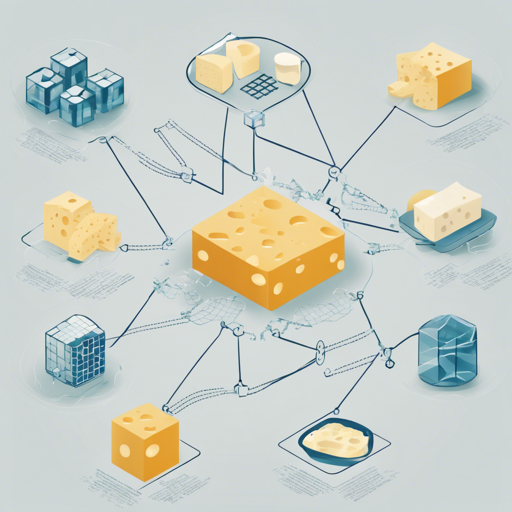Welcome to the world of blockchain technology, where authenticity and efficiency reign supreme! In this article, we will dive into the implementation of a supply chain smart contract for Parmigiano Reggiano, beautifully choreographed on the Rinkeby test network using Solidity. This guide will help you understand how to utilize the tools at your disposal to achieve a more transparent and efficient supply chain.
Project Structure Overview
Our project is structured in a systematic way that leverages various directories to organize our code, diagrams, and assets. Here’s how you can visualize it:
- Ethereum_SupplyChain
- Diagrams
- buildcontracts
- contracts
- migrations
- js
- test
- index.html
- package-lock.json
- package.json
- style.css
- truffle.js
Key Features of the Smart Contract
The smartphone apps we use to enhance our daily activities can be likened to modules within our smart contract—each serving distinct purposes while contributing to a greater function. Specifically, our contract can manage:
- Ownership validation through modifiers
- Role-based access controls for involved parties: Farmer, Distributor, Retailer, and Consumer
- Event emissions for actions that occur within the supply chain
- Functions that simulate every step of producing and selling Parmigiano Reggiano from farm to table
Getting Started
To kick off your own Parmigiano Reggiano supply chain implementation, follow these quick steps:
- Navigate to your project directory:
- Install required Node libraries:
- Start Ganache:
- Compile your contracts:
- Test the contracts:
- Deploy to the Rinkeby test network:
- Start the FrontEnd DApp:
cd Ethereum_SupplyChainnpm installtruffle migrate --network development --reset --alltruffle compiletruffle testtruffle migrate --network rinkeby --reset --allnpm run devUnderstanding Solidity Functions
The heart of our contract consists of several functions designed to regulate the flow of goods through the supply chain, similar to how a director orchestrates a symphony. These functions utilize modifiers to impose conditions on transactions and verify the participation of various roles:
- For example, consider the
onlyOwnermodifier as a security guard, ensuring that only the rightful owner can make certain changes. - Or envision the different state modifiers as levels in a video game, where each stage must be completed before advancing to the next.
Troubleshooting Ideas
If you encounter any bumps along your journey, here are some troubleshooting steps to address common issues:
- Smart Contract Deployment Failed: Ensure that your Ethereum wallet has sufficient test Ether and that you are on the correct network.
- Tests Not Passing: Double-check your function implementations against the test specifications.
- User Interface Issues: If you find the UI difficult to navigate, consult the UI documentation or try another revision of the interface.
- For more insights, updates, or to collaborate on AI development projects, stay connected with fxis.ai.
Conclusion
Implementing a blockchain solution for Parmigiano Reggiano’s supply chain showcases the immense potential of smart contracts to revolutionize food authenticity, efficiency, and privacy. At fxis.ai, we believe that such advancements are crucial for the future of AI, as they enable more comprehensive and effective solutions. Our team is continually exploring new methodologies to push the envelope in artificial intelligence, ensuring that our clients benefit from the latest technological innovations.

